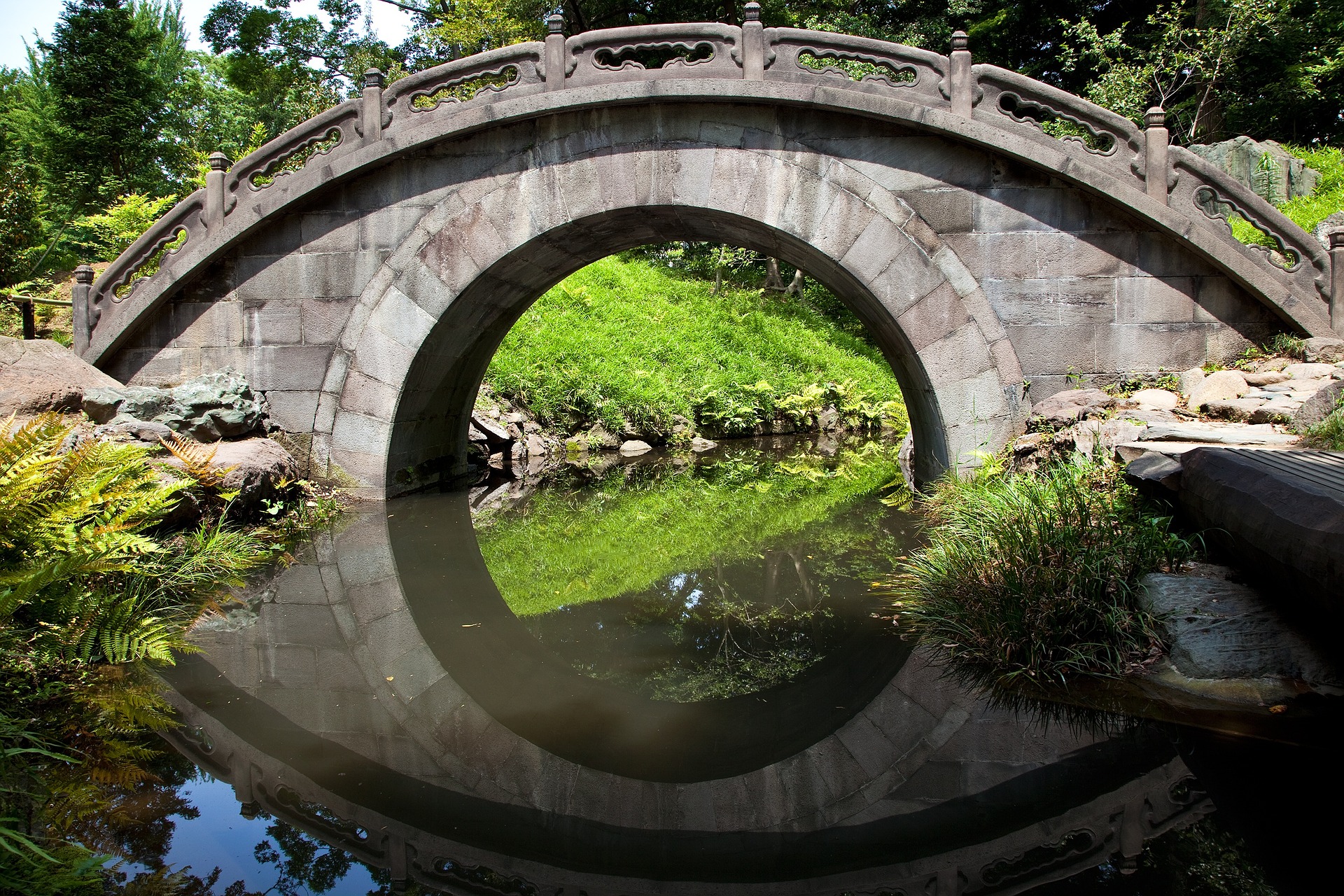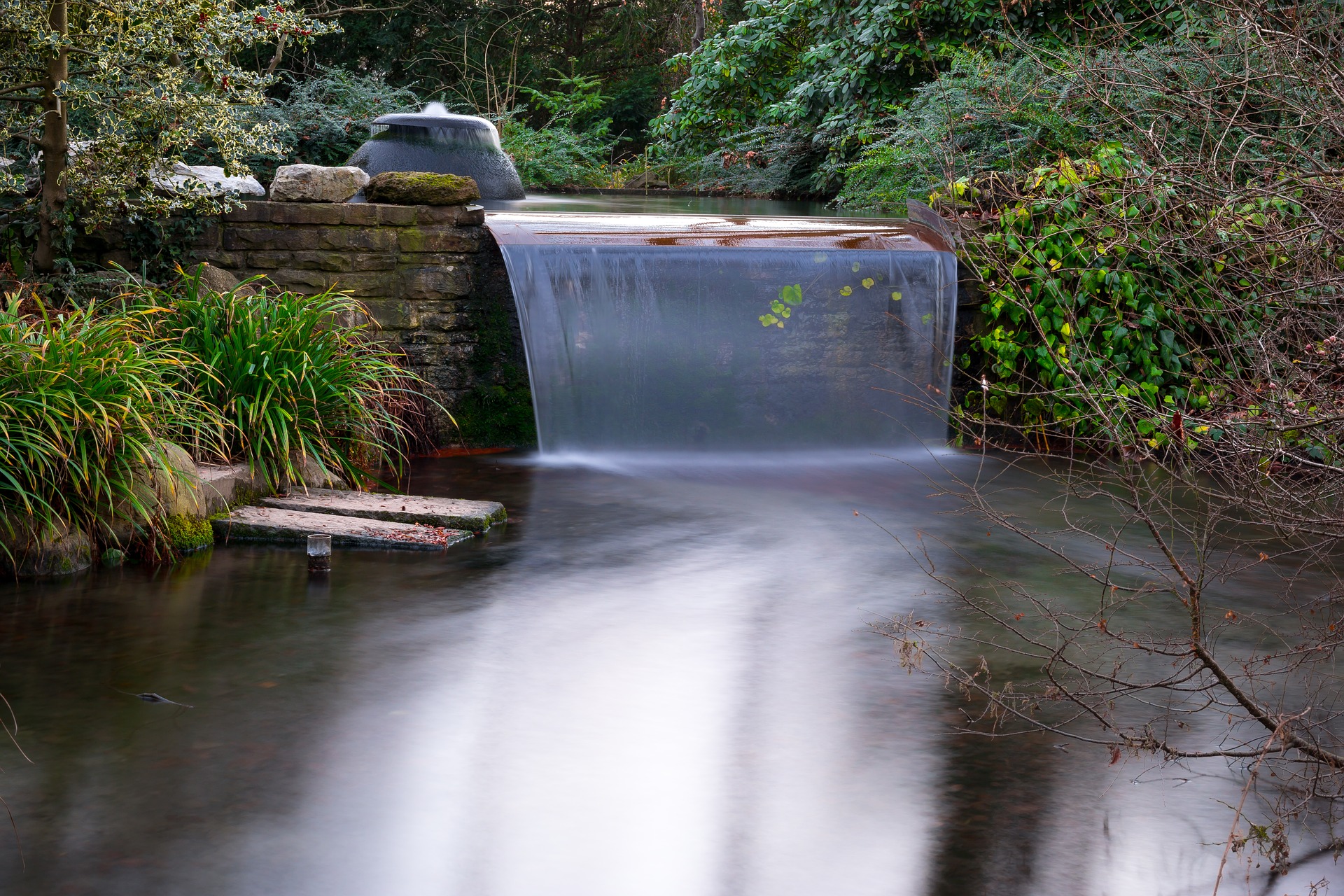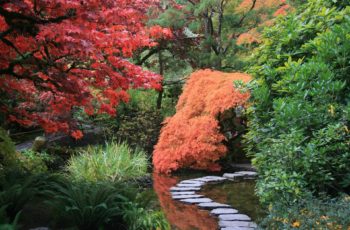Traditional Japanese gardens draw heavily from the Buddhists, Taoist, and Shinto philosophies designed for peaceful contemplation, thus providing a spiritual mind to the visitors..
An oriental garden’s principal focus is nature; therefore, the Japanese garden principles try to mimic and symbolize the natural elements. It is also believed that the more harmonious and natural a garden appears to be, the more it is conducive for contemplation.
Japanese garden principles have got four essential elements for the design. These include rocks, ornaments, plants, and water.
When choosing and arranging these elements in your space, there are Japanese garden principles that you also have to keep in mind.
These Japanese garden principles are balance, enclosure, asymmetry, symbolism, and borrowed scenery. The principles work together to bring an adequately balanced Japanese garden.
Tips for Professional Landscaping
It would be best to go for natural paving and simplistic paving materials for your Japanese garden like gravel, exposed aggregate concrete, and natural stones.
To distinguish the edges, you can go for the ground covers. Soften the edges of walkways and paved patios by emphasizing organic shapes and free forms, thereby avoiding straight lines.
The selected plants for a Japanese garden should be evergreen and of different sizes, shapes, textures, and forms. Also, the trees for this set up should symbolize endurance and strength.
Choose the rocks carefully since there are types of rocks that work best for the Japanese garden and can be found affordable. It is recommended that these rocks’ arrangements create artistic focal points in a very catchy garden.
Find out the overall essential decorative ornaments that should not lack in any Japanese garden.
Go for the ideas of Japanese-inspired water features that include waterfalls, stone basins, bamboo water sprouts, and Koi ponds. You should also know how to incorporate stone lanterns, rain chins, plus other traditional Japanese decors in your garden.
Choose the materials and styles of furniture pieces to blend in your Japanese garden. Upon doing this, make sure it retains the tranquil contemplation environment.
Traditionally enclose your garden using the premade bamboo fencing panels or bamboo fencing. The gates should be of potted bonsai trees, Torii gates, or arbor. These symbolize a welcoming entrance to the Japanese.
Japanese garden common bridge styles include a zigzag bridge and a simple wooden arc bridge, and a flat.
You can also bring the entire Japanese cooking into your garden by using a flat iron griddle and an outdoor Teppanyaki grill.

Essential Elements of a Japanese Garden Design
Make Your Entrance
Using a simple bamboo fence, you can prevent your sight from navigating out of your garden to the outside world. Have your clear entrance made of a bamboo arbor. It would be best if you were not worried as bamboo can take a short duration to grow into a fully grown tree.
Create a Mystery
Creativity is one of the essentials of a Japanese garden. You can create vignettes that cannot be viewed at once.
Select and Grow Evergreens
Evergreens are of different sizes, shapes, and textures. Since Japanese gardening often relies on different colors and textures, blend those with low spreading branches and those that echo the pagoda pyramidal forms.
Have Your Groundcover
Ground cover plants are like moss that offers moist and shady areas a serene look. Since moss seems to be soft and cannot tolerate the foot traffic, have some stepping stone walkway beside them to help them maintain their unique look.
Create an Intimate Space
You should create an intimate space like a pavilion within your Japanese garden where you can relax as you have your entertainment or while taking tea. Area or pavilion can be of either bamboo or just wood.

Add Textural Contrast
You can do some bold textured differences and subtle color contrast to create some interest in the viewers on the shaded areas within the landscape or even under trees. This textural contrast is achievable with some ornamental plants that6 display different leaf colors and serrations.
Create Structures From Plants
You can prune the plants to develop different shapes and structures that appear appealing to the eye. Some plants only require a little training to grow as you desire.
Therefore you should also incorporate such plants within your Japanese garden to reveal an architectural form. Use trees like the Japanese maple that has a zigzag branching pattern appearing to be intriguing.
Other than this, its arching branches reach over the ground cover, so when planted next to a water body, and it produces a sweet reflection in the waters.
Protection From the Evils
Japanese have it that the evil spirit travels in a straight line. Straight lines protect. Legend has it that a zigzag bridge in a Japanese garden such as this one will protect you from evil spirits.
Have a Pond and Reflection
You can have a pond in your landscape for reflection purposes as you move close to it and view the terrain as you reflect and contemplate your life.
You can also build a bridge on top of this pond to help you glance from the top, and indeed it is a delightful place to be in at all times. Fish can also be reared in the ponds to keep you busy and make it more enjoyable as you watch the fish swim and eat.
The Japanese garden principal designs tend to inspire a peaceful contemplation at all times.
Try and combine the essential elements of the Japanese garden to bring out a tranquil retreat. You can borrow a lot from the Japanese garden aesthetics and purchase your components through amazon who sells the right products to help you change your garden’s face.
Always remember to emphasize balancing your elements and making them symmetrical for an admirable Japanese garden.

